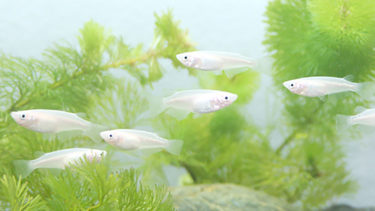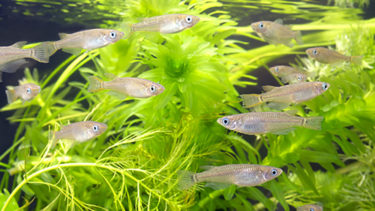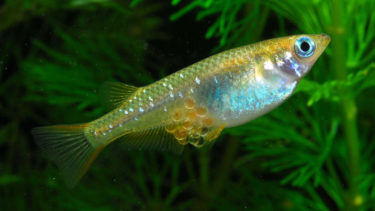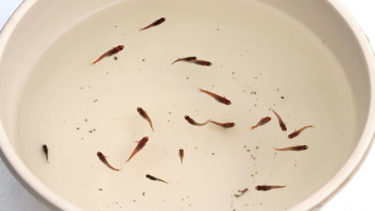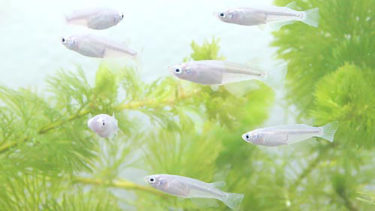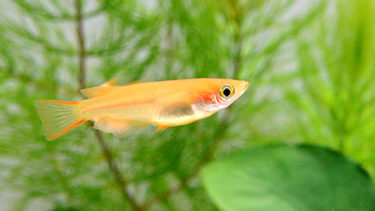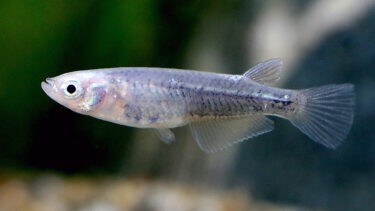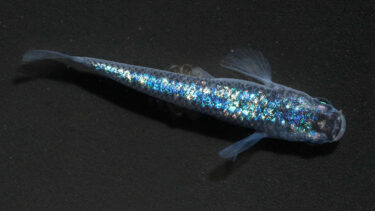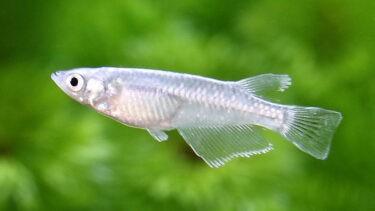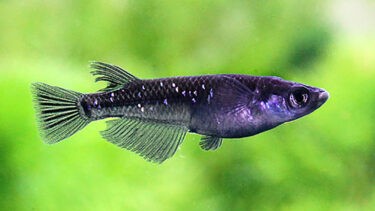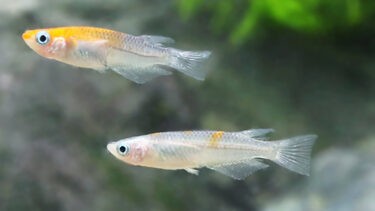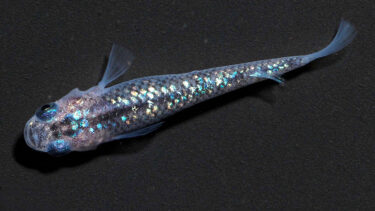Blue killifish are, as the name suggests, blue. However, among the blue killifish, there are light blue and indigo individuals, making it an interesting killifish. In this article, I would like to explain in detail the characteristics of these blue killifish and how to keep them.
What is Blue killifish?

Blue killifish are, as the name suggests, blue. However, if you go to a specialty store and actually see blue killifish, you may find that they are far from blue. Some blue killifish are light blue and some are indigo blue, but both are blue killifish. This leads to the main attraction of blue killifish.It is not that the shopkeeper is wrong, but that the blue killifish is a species that really shows differences in body color from individual to individual compared to other varieties of killifish. This is largely due to the fact that the skin of the blue killifish is transparent. The transparency of the killifish's skin allows light to pass through, resulting in a lighter (brighter) color. In reality, this is not the only reason for the color change, but it is a factor. When you look at blue killifish, you will often see light blue and indigo individuals, both of which are blue killifish. This is what makes the blue killifish so attractive.
As the name suggests, the white killifish has a white body color. Among all killifish species, the white killifish is one of the most popular. In this article, we would like to explain in detail the characteristics of the white killifish and how to keep it. What is white killifish?
Origin of the blue medaka
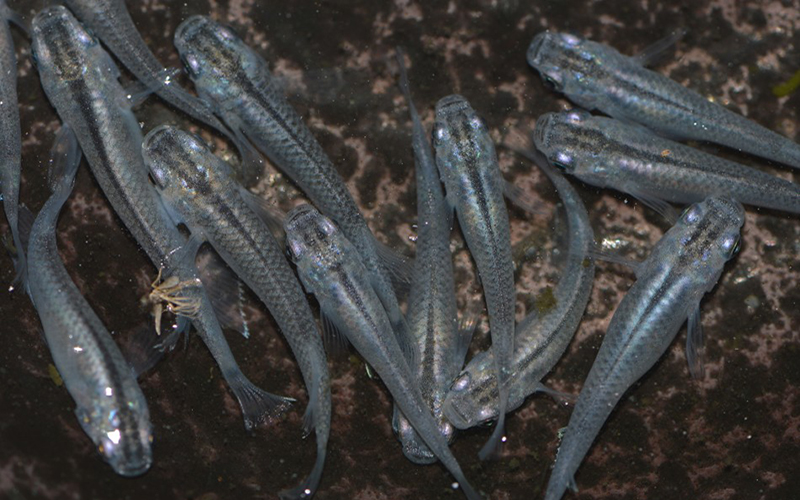
The blue killifish is a killifish that is derived from the black killifish, which is similar to the scarlet and white killifish. The scarlet killifish lacks the black pigment of the black killifish.Blue killifish lack the yellow pigment of black killifish. Therefore, since the black pigment remains, breeding blue killifish may rarely produce killifish with a black body like the black killifish.There is one area in which blue killifish excel over other varieties of killifish, and that is that the glowing areas are easy to recognize. Medaka have a glowing (iridescent) pigment, which is also present in scarlet and white killifish, but the scarlet and white killifish have a disadvantage in that the glowing parts are difficult to see because of their solid body color. Blue killifish, however, have a transparent body color that makes it easy to see the glowing parts, so blue killifish are recommended for those who like glowing killifish.
The scarlet killifish is an orange killifish that has long been familiar to the Japanese. Some of the killifish found in rivers as children are scarlet killifish. In this article, I would like to explain in detail the characteristics of the scarlet killifish and how to keep them. What is the scarlet killifish? The scarlet killifish is [...].
The black killifish has long been found in Japanese rivers. In recent years, however, their numbers have been declining to the extent that they have been listed as an endangered species. In this article, I would like to explain in detail the characteristics of the black killifish and how to keep it. What is the black killifish [...]...
Points to keep in mind when mixing swimmers
About Mixed Swimming,Some people often think that killifish can only be kept in the same species, but the real appeal of killifish is in combining them. If you are not particular about this, you can mix any kind of killifish with any other kind of killifish.However, it is best to be careful with killifish of different body types (e.g., Dharma killifish and Hirena killifish). If killifish of different body types are mixed with killifish of normal body type, problems such as inability to eat food may occur. However, there are people who mix killifish of different body types with those of normal body types, so there is no need to be concerned.However, each type of killifish, which is considered a high-end killifish, has its own distinctive appearance and shine, so it is recommended to keep them in a way that allows the enjoyment of each individual (type) rather than keeping them in many different species.
Points about spawning
The point about spawning was explained in the above section that keeping a variety of species is the best part of keeping killifish, and having various species swimming together when spawning will naturally produce killifish with the characteristics of various species. However, that is not always a good thing. For example, mixing red and white killifish can produce pink killifish, but not necessarily red or white killifish, or in the worst case, killifish with a color that is hard to describe. If you want red killifish, you should keep only red killifish because the probability of producing red killifish is much higher,I recommend that you think about what kind of killifish you want when spawning and what color and shape you want your killifish to be born, so that you will have less regret and confusion when raising them and find your own way to enjoy them.If it is just a hobby, I think you will enjoy it more if you stick to the methods that you enjoy, regardless of whether people complain about them. The following page explains the method of spawning and points to note, so please read it as well.
Many people who keep killifish want them to spawn. However, not many people know about spawning and what they need to do to prepare for it. This time, we would like to explain the method of spawning and the points to be noted [...].
After the spawning is over, the fry hatch and are born. There are many things to take care of, such as the fry's food and precautions to be taken. In this article, I would like to explain how to raise the fry and what to do about it. The period of time until hatching is over when the spawning is finished and the eggs are [...]...
What to keep in mind when keeping blue killifish

Blue killifish can be found at many specialty stores and are relatively inexpensive, making them a good choice for beginners. Blue killifish do not have any noticeable characteristics, so they do not interfere with other killifish when placed with other killifish.However, there is a caveat to keeping such blue killifish. That is, although it is a problem in its own way, blue killifish are not very interesting for those who keep them in water lily pots or tubs. The blue killifish looks just like a black killifish, like a black killifish viewed from above. This is where the blue killifish shows its greatest strength when light hits it. From above, the angle is good for killifish that reflect light, but for killifish like the blue killifish that let light through, the angle is most unfavorable. To maximize the enjoyment of blue killifish, it is recommended to keep them in a container that allows them to be viewed from the side, such as a glass case. The blue killifish seen from the side will show a variety of colors that are completely different from those seen from above, making it hard to believe that they are the same killifish. If you can, try to keep them in a light that makes a part of their body sparkle.


